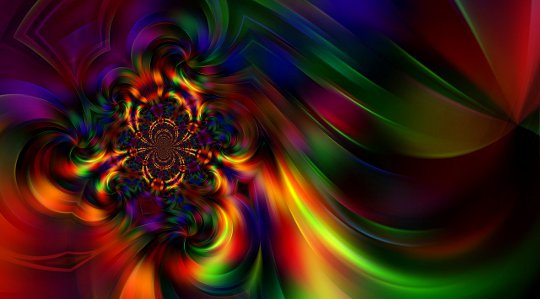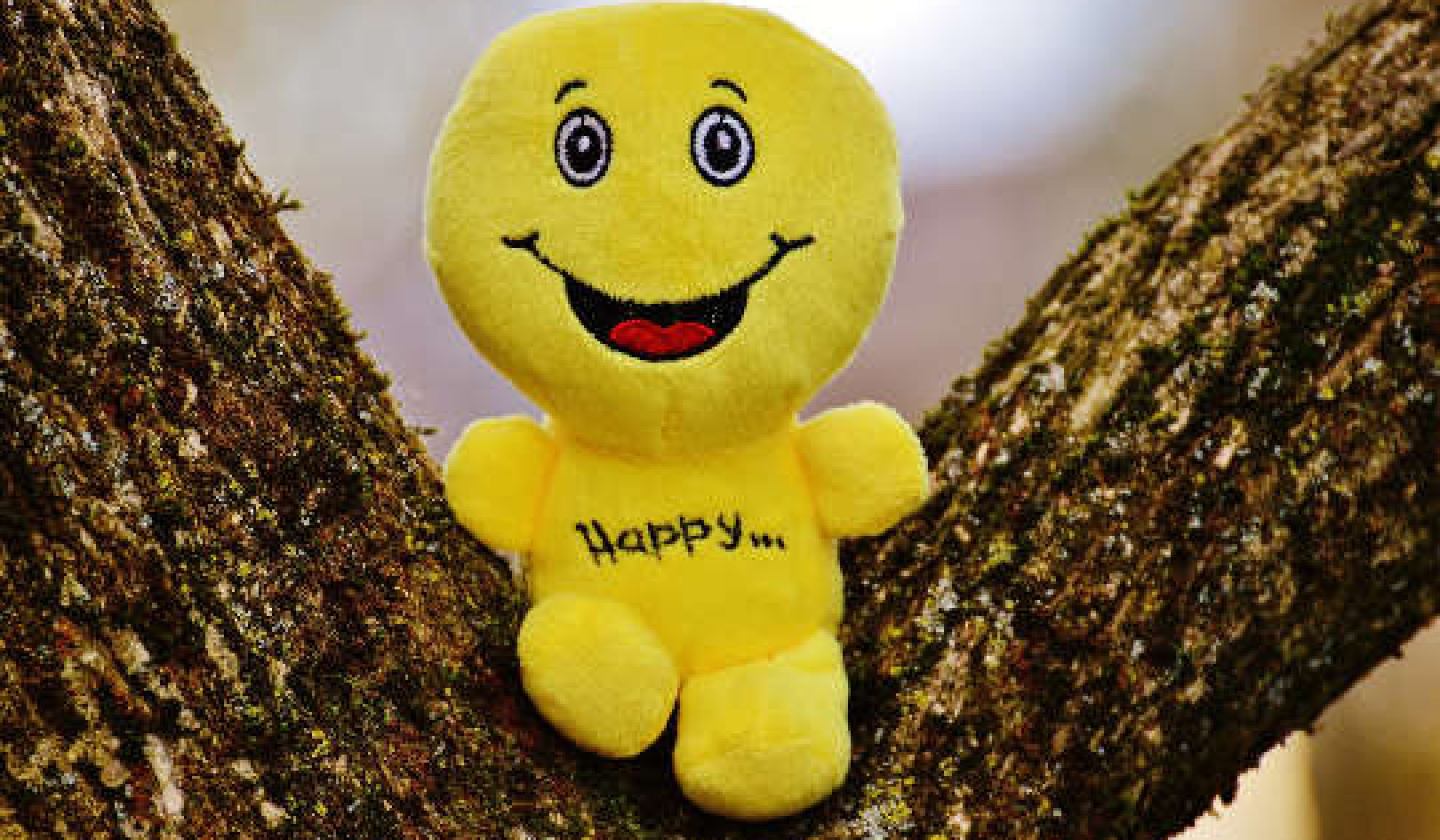
The way in which energy behaves
depends on what the observer
expects to see.
Physicist Max Planck found that photons (units of light energy) acted as either particles or as waves, depending on the experimenter's intent. When a photon is placed in an experiment designed to show that it acts as a wave, it will. And when the photon is placed in an experiment designed to show that it acts as a particle, it stops acting like a wave and starts acting like a particle. In either case, Planck's intent did not simply interfere with the energy's movement; instead it dominated what the energy "chose" to do.
Planck's findings have enormous implications. Since he showed that the behavior of energy is influenced by the intent of the observer, the implication is that you can intentionally impact how your creative energy acts. If you intend to see certain events, your creative energy will transform itself into those events. Or as Wayne Dyer titled one of his books, You'll See It When You Believe It.
In another experiment, but in the field of psychology, Joseph Banks Rhine found that intention influences matter. His research, which took place in the Parapsychology Laboratory of North Carolina's Duke University, focused on the ability of a person to "will" the outcome of a dice roll. Through his extensive and thorough research, Rhine determined that a definite relationship exists beyond the margin of chance between the intention of the person casting the dice and the outcome of the roll.
What could explain Rhine's findings? Could the dice's energy have been influenced by the intention of the person tossing the dice? Hypothetically, yes. Like Planck's photons, Rhine's dice behaved as if influenced by the intent of their observer.
In everyday terms this means that, if you want to have control over what your energy creates, you must maintain awareness of your thoughts and intentions. If you expect to see yourself cheated, your energy will transform itself to create experiences in which you are cheated. Likewise, if you expect to see yourself winning, your energy will transform itself to create winning experiences. Still, one has to wonder: How does your energy know what to do? How does it know what you think? Again, we return to quantum physics.
Energy Communicates
- Particles of light energy process information and communicate with each other.
Further experimentation in quantum physics makes it clearer that photons somehow process information and therefore appear to have awareness. In Schrodinger's Kittens and the Search for Reality, John Gribbin writes of an experiment which showed that when a flow of photons faced a two-slit passageway, the photons acted wave-like, heading for both entrances. When the experimenter suddenly decreased the passageway to one slit, the photon flow became particle-like with the photons flowing in a bee-line straight toward the single slit. Because no photons attempted to enter the missing slit, physicists were left with the question: How did the photons "know" that there was only one slit through which to travel?
While physicists continue to grapple with the implications of this experiment, the evidence points to the phenomenon that photons have some type of awareness that allows them to "know" what to do. Consequently it can be assumed (though it has yet to be explained how or why) that awareness and "knowingness" exist at the energy level.
In addition, an Einstein, Podolsky, and Rosen (also known as EPR) thought experiment addressed the hypothesis that subatomic particles actually communicate with each other. They knew that a two-particle system of zero spin behaves in a certain way: when set in motion (traveling at the speed of light), one particle always spins in the polar opposite direction from its mate. Therefore, if particle A is spinning upward, particle B will spin downward. If A spins to the left, B will spin to the right.
The EPR experiment eventually showed that if, after the particles are set in motion, the experimenter magnetically changes the direction of one particle, its mate would also change its direction. Thus, if A is initially moving to the right at the speed of light and spinning on an upward axis, B will be moving to the left at the speed of light and spinning on a downward axis. When the experimenter magnetically distorts A's axis so that it spins to the left, B instantly changes its axis so that it spins to the right, even though the particles are going in opposite directions at the speed of light.
How does B know what is happening to A? While it may seem unfathomable, Einstein, Podolsky, and Rosen's experiment illustrates that energy particles communicate with each other in an indiscernible, unrecognizable way.
Both these experiments demonstrate that units of energy have a type of awareness and that they "communicate" with each other, though perhaps not in the same ways humans or other living things are aware and communicate. (Humans, for example, process thought through their brains, which energy particles apparently do not have.) These experiments imply that our energy too has awareness and can communicate; our energy can "know" what we want and can communicate this to the energy outside of ourselves.
Energy is the Presence of Thought
While the ramifications of this are incredible, one must wonder how it is even possible. According to Mintanyo, energy is actually the presence of thought.
Thought is the activating component of all that is. Thought, in the nothingness, is a force, much like gravitational or magnetic force; it hovers, shimmers, and shivers until the nothingness actually takes on or absorbs the movement. Nothingness that is moving is what we perceive to be energy. Energy is actually the movement of thought. This energy in turn is absorbed by "mass". Therefore, you can say that thought energizes the nothingness into somethingness, and that somethingness is basically absorbed thought.
This means that energy is actually thought! Remember Gary Zukav's analogy of an atom on the scale of St. Peter's Basilica and all the nothingness found in it? In all this nothingness thoughts exist.
As each thought is thought, a part of the nothingness is moved by it. This movement is what we call energy. Thus, when we say that energy is absorbed, what we are really saying is the thought is absorbed. And each time a particle of thought is absorbed by an atom, then a molecule, and so on, the thought becomes a part of the atom, then the molecule, and so on. As a result, we can assume that everything around us to some extent absorbs our thoughts, just as we to some extent absorb the thoughts of everything else. Bearing this in mind, it is no wonder that scientists have detected that energy responds to thought and intent!
From Intent to Automobile
In "real" life, this transformation of thought into a state of energy and then into a state of mass may translate into an experience like Lucille's. Lucille constantly thinks about driving a new red car. Unbeknownst to her, each time she thinks the thought, the thought instantly becomes energy, creative energy, which is subsequently absorbed by atoms and molecules; eventually it becomes part of a "thing" which emulates the thought.
Obviously the more prevalent Lucille's thought is, the more creative energy it produces. In addition, Lucille's creative energy interacts and communicates with other energy particles, which then begin to take part in becoming the thing that is thought, which, in this case is a new, red car. Eventually Lucille's thoughts become her car.
Though the above example is rather facile, it does attempt to describe how our experiences are created. It also hints at why we have such varying types of experiences, some quite positive, while others are clearly negative. For example, the force of Lucille's creative energy theoretically created her new, red car.
But what if she had simultaneously assumed that a new car would cost too much? Her thoughts would also naturally focus on the exorbitant cost of it all. Then, not only would her thoughts create the new, red car, they would also create experiences where she is charged too much interest, she buys a "lemon" that needs lots of repairs, or she ends up paying much more than she really needs to pay. Her thoughts created energy that would become what she intended or believed she would see.
Treat It As a System
Your ego and your creative energy function together as a system to create your life experiences. Your ego holds your beliefs, which it keeps alive on a continual basis, and your creative energy transforms itself into experiences which reflect the beliefs. This is why it is said that your experiences mirror your beliefs.
Remaining aware that your ego and creative energy function together as a system is useful because it implies that it will alert you when it cannot create the positive experiences you really want to have. This allows you the opportunity to give it what it needs to create beneficial, rather than negative, experiences.
Article Source:
Take A Moment and Create Your Life! - A Guide to the Life-Creating Process
by Joanne C. Rodasta. This book explains to you how to harness your creative energy and allow it to create what you really want in your life. Using the Life-Creating technique, you will: 1) understand how your creative energy turns your thoughts and beliefs into your life experiences; 2) identify your conscious and deeply hidden subconscious thoughts and beliefs, for they all become and/or influence your new life experiences; 3) understand the real role your emotions play in your life; and 4) transform your negative beliefs into positive ones, so that you will create happy, healthy experiences in your future. Reading this book will be a turning point in your life!
This book explains to you how to harness your creative energy and allow it to create what you really want in your life. Using the Life-Creating technique, you will: 1) understand how your creative energy turns your thoughts and beliefs into your life experiences; 2) identify your conscious and deeply hidden subconscious thoughts and beliefs, for they all become and/or influence your new life experiences; 3) understand the real role your emotions play in your life; and 4) transform your negative beliefs into positive ones, so that you will create happy, healthy experiences in your future. Reading this book will be a turning point in your life!
Click here for more info and/or to order this book.
About The Author
 Joanne Rodasta, M.A., is a teacher and internationally recognized intuitive consultant. Joanne provides Life-Creating consultations and training for individuals, couples, groups, and businesses -- anyone who wants to create positive experiences. For information regarding Life-Creating consultations and support groups, contact Joanne Rodasta Wilshin via her website at https://joannewilshin.com
Joanne Rodasta, M.A., is a teacher and internationally recognized intuitive consultant. Joanne provides Life-Creating consultations and training for individuals, couples, groups, and businesses -- anyone who wants to create positive experiences. For information regarding Life-Creating consultations and support groups, contact Joanne Rodasta Wilshin via her website at https://joannewilshin.com
Related Books
at

Thanks for visiting InnerSelf.com, where there are 20,000+ life-altering articles promoting "New Attitudes and New Possibilities." All articles are translated into 30+ languages. Subscribe to InnerSelf Magazine, published weekly, and Marie T Russell's Daily Inspiration. InnerSelf Magazine has been published since 1985.

Thanks for visiting InnerSelf.com, where there are 20,000+ life-altering articles promoting "New Attitudes and New Possibilities." All articles are translated into 30+ languages. Subscribe to InnerSelf Magazine, published weekly, and Marie T Russell's Daily Inspiration. InnerSelf Magazine has been published since 1985.






















